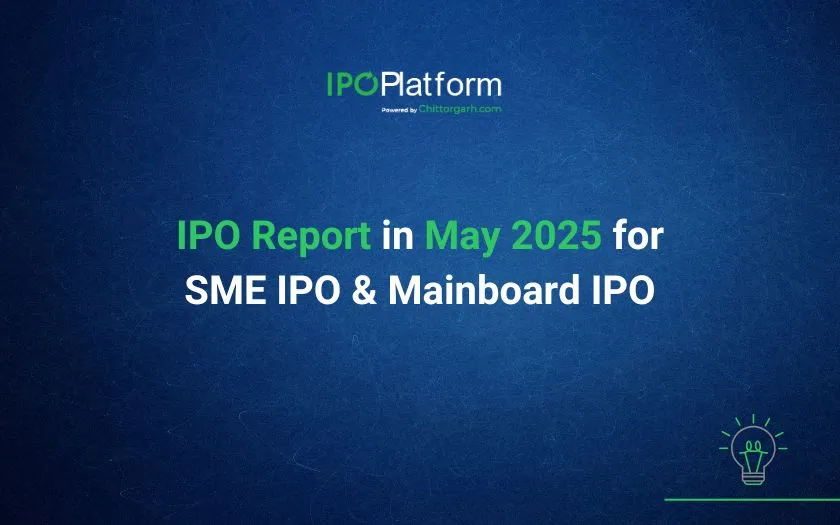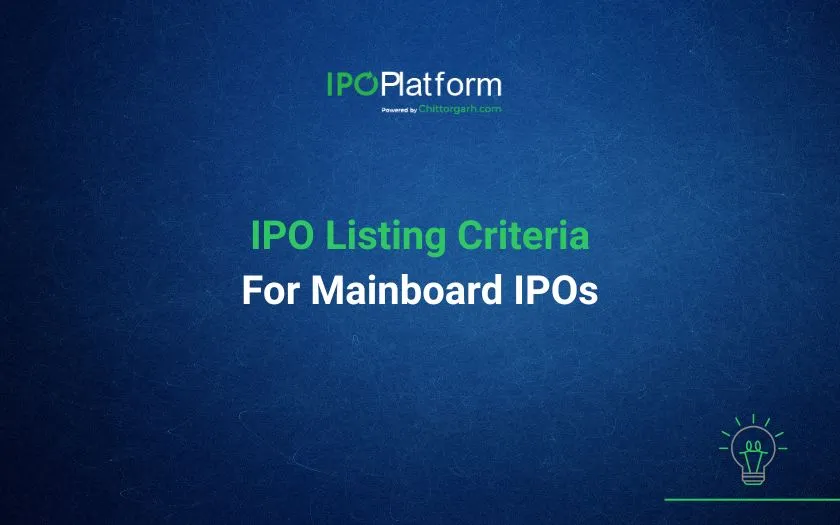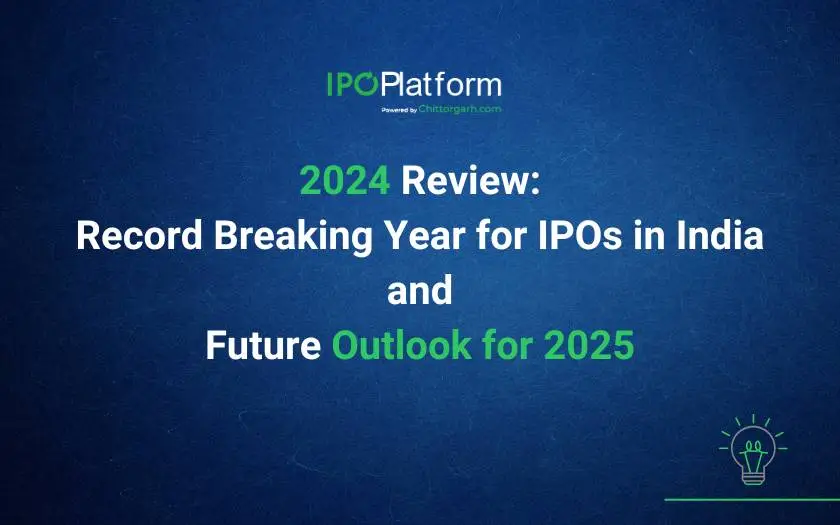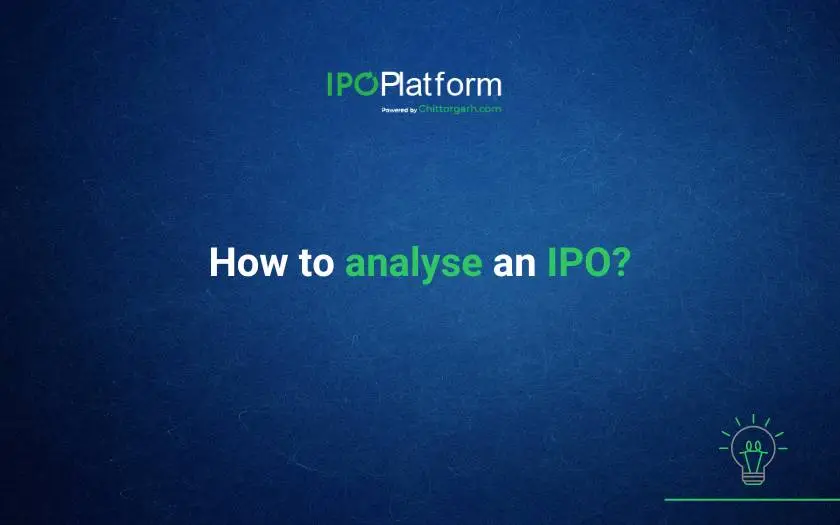A ₹96,000 crore Opportuniny is taking shape in the Flex workspace Market and Indiqube wants to Anchor it!

An Industry in Transition
As traditional leasing models struggle to keep pace with post-pandemic hybrid work models and enterprise demand for flexibility, managed workspace providers are gaining traction. In this context, IndiQube’s differentiated approach stands out.
Founded in 2015, the company operates in the managed office category, offering tech-enabled, full-building solutions to enterprises. Unlike co-working models that rely heavily on freelancers or SMEs, IndiQube caters largely to long-term, high-seat-count enterprise clients. As of FY25, the company manages 8.4 million sq. ft. across 115 properties in over 15 cities, including 8 Tier I and 7 Tier II locations.
How IndiQube Stands Out
While the sector itself is crowded with operators in metro markets, IndiQube’s numbers show operational depth, scalability, and financial discipline.
- Occupancy rates exceed 85%, among the highest in the sector.
- 44% of its clientele are Global Capability Centers (GCCs), one of the most stable and fast-growing demand drivers for office space in India.
- 63% of occupancy comes from clients with seat counts above 300, and 44% of revenue is generated from clients present across multiple centers, indicating strong retention and enterprise stickiness.
- Its flagship presence in Bengaluru, 5.43 million sq. ft. across 65 centers, places it in the heart of Asia-Pacific’s largest flex space market.
Beyond Tier I, IndiQube is also aggressively scaling in Tier II locations. In just two years, it has expanded from 1 to 10 centers in non-metro cities like Coimbatore, Kochi, and Jaipur, managing 0.49 million sq. ft. This “spoke-to-hub” strategy allows the company to test demand, scale with confidence, and reduce risk.
Financial Model and IPO Use
The company’s financial performance reinforces its operating strategy. IndiQube reported a 2-year revenue CAGR of ~35%, with income growing from ₹6,013 Mn in FY23 to ₹11,029 Mn in FY25. It boasts an EBITDA margin of ~58%, RoCE of 34.21%, and a cash EBIT margin of 10.81%.
Though the company reported a PAT of ₹21 crore under Indian GAAP in FY23, its restated financials under Ind AS 116 show losses in the last three financial years. However, this shift is largely accounting-driven, not operational. Under Ind AS 116, lease liabilities and depreciation are recognized upfront, which inflates finance costs and non-cash expenses. For a company like IndiQube, which is in a high-growth, capex-heavy phase, such impacts are expected. The underlying business remains sound, with strong occupancy, client retention, and operating margins.
IndiQube’s revenue-to-rent ratio of 2.42x indicates it earns over twice what it pays in lease obligations, providing a substantial margin buffer.
Of the ₹700 crore IPO, ₹650 crore will go toward new center development and debt repayment, with 86% of proceeds directed toward growth or deleveraging. Only ₹50 crore is an offer for sale by promoters, signalling confidence in long-term value creation.
The Market Ahead
With Smartworks reportedly gearing up for a listing, along with other players getting more organized, the Indian market is primed for a new wave of public participation in flex workspaces. IndiQube, with its asset-light yet capital-efficient model, long-term clients, and expanding national footprint, appears well-positioned to lead this transition.
In a fragmented industry now moving toward consolidation and public scrutiny, the company’s operating metrics and ability to scale while retaining margin control may serve as a benchmark for future IPO-bound players.





0 Comments